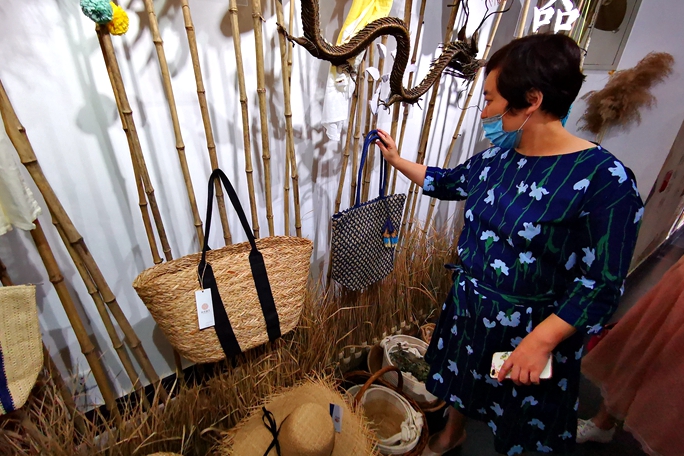Intangible cultural heritage sees rich rewards in Shandong
Intangible cultural heritage has been playing a vital role in boosting rural revitalization in East China's Shandong province, and the local government has used it to benefit local farmers.
Shandong is rich in cultural resources and boasts an abundance of intangible cultural heritage items. Local statistics show that the province now has more than 1.2 million firms and households engaged in the intangible cultural heritage industry, generating an annual business revenue of 160 billion yuan ($25.13 billion) and creating nearly 4 million jobs.
All of this success is due to the provincial government's efforts to protect intangible cultural heritage items. A special project was launched to encourage low-income people to learn skills related to intangible cultural heritage, which has helped boost their economic development capacity.
The traditional cultural heritage items have also promoted rural revitalization in Shandong. Wheat straw weaving techniques have a history of more than 800 years in Wantou village, Boxing county, Binzhou, and the traditional technique was named a provincial intangible cultural heritage item in 2009.
Boxing county has leveraged its various strengths to promote the integrated development of the internet and traditional techniques. Wantou village is now home to 36 enterprises engaged in the wickerwork and wheat straw weaving business, and their products have been exported to more than 40 countries and regions. There are 51 online stores with annual sales revenue of more than 1 million yuan in the village, and Wantou village has been dubbed as one of China's top 100 Taobao villages.

 Shandong Culture and Tourism Consumption Season
Shandong Culture and Tourism Consumption Season Culture, tourism sectors pick up in Shandong as epidemic wanes
Culture, tourism sectors pick up in Shandong as epidemic wanes

